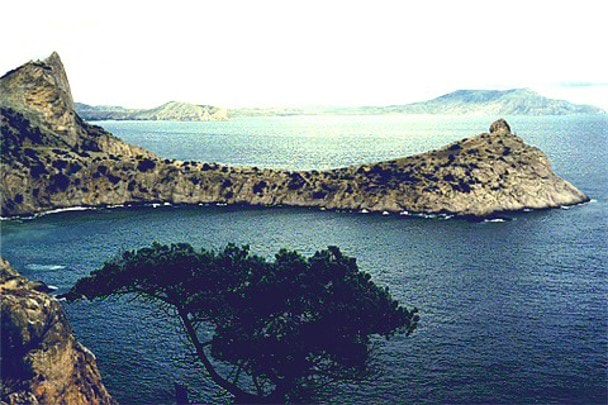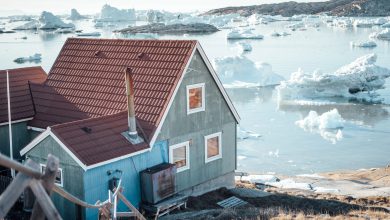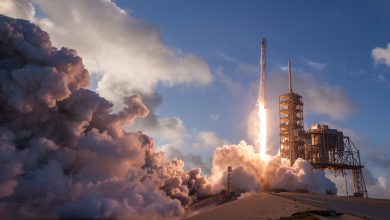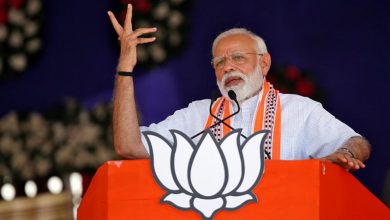
Crimea is a region on a peninsula extending into the Black Sea in eastern Europe. At various times throughout history, the peninsula has been part of the Greek, Roman, Persian, Byzantine, and Ottoman Empires. In the 18th century, a war between Russia and Turkey resulted in Crimea being taken as part of the Russian Empire.
Following the Russian Revolution, Crimea was considered an autonomous Ukrainian region of the Soviet Union. The collapse of the Soviet Union in 1991 split Crimea into the Autonomous Republic of Crimea, legally a region of the Ukraine. Limited authority was granted to the Russian navy to conduct military exercises beside the Ukrainian military from the port city of Sevastopol.
In February 2014, the Ukraine was rocked by a series of protests, some of them violent, against the government headed by Ukrainian president Viktor Yanukovych. Many were upset in November 2013 when Yanukovych went back on a promise to institute liberalizing reforms that would help bring Ukraine into the European Union. It was widely believed Yanukovych favored close ties with Russia over Westernizing the Ukraine. The president was overthrown and the Ukrainian government was replaced by an interim government, with elections set to be held in the coming months.
Russia did not recognize the protests against the Yanukovych government as a legitimate change in government. It intervened by sending members of its military into the Ukraine starting on the 20th of February, including 22,000 troops sent to the city of Kiev. On the 24th of February, the Russian Foreign Ministry issued a statement strongly encouraging the Yanukovych government to crack down on protesters.
March 2014 Annexation
Viktor Yanukovych fled the Ukraine for Russia, according to reports that place him at Sevastopol, on the 23rd of February, 2014. On the 25th, the Ukrainian parliament appealed to the International Criminal Court at the Hague to charge Yanukovych and other members of his cabinet with crimes against humanity for the killing of peaceful protestors.
As the interim Ukrainian government was being established, some citizens in Crimea began to advocate for seceding from the Ukraine. Portions of the Crimean population were sympathetic to Russia and its possible ties to Yanukovych. As a result, Russia sent troops, ostensibly to help maintain stability, to Crimea. On the 27th of February, Russian troops wearing masks, but not wearing the military insignia of Russia, took over the Crimean parliament. The Russian flag was flown over the parliamentary building beginning on that day.
Crimea’s parliament adopted a declaration of independence on the 11th of March. On March 16, Crimea formally declared its independence from Ukraine. Two days later, Crimea was formally admitted into the Russian Federation.
Russia does not characterize this incorporation as an annexation, claiming Crimean citizens merely exercised their right to self-determination. However, many in the international community – including the United Nations General Assembly – view the Russian Federation’s incorporation of Crimea as an illegal annexation.
According to the government of Ukraine, the presence of Russian troops in Crimea is a violation of the treaty between Ukraine and Russia that allowed the Russian navy to use the port of Sevastopol. The Partition Treaty on the Status and Conditions of the Black Sea Fleet was signed in 1997. Since both Russia and Ukraine signed onto the Charter of the United Nations, this makes both countries subject to international law. Ukraine has argued that by violating the 1997 treaty, Russia had broken international law.
On March 24th, 2014, the interim government of the Ukraine ordered Russia to withdraw all of its troops from Crimea immediately. Russia did not comply, and in July of 2015, Russian Prime Minister Dmitry Medvedev announced that Crimea had been completely integrated into the Russian Federation.
Since then, Russia has increased the number of troops along the border between Crimea and the rest of Ukraine. Ukraine considers Russia to be aiding and training “terrorists” against the Ukrainian state on what it considers to be Ukrainian territory. In practice, there is little contact between Crimea and the rest of Ukraine.



